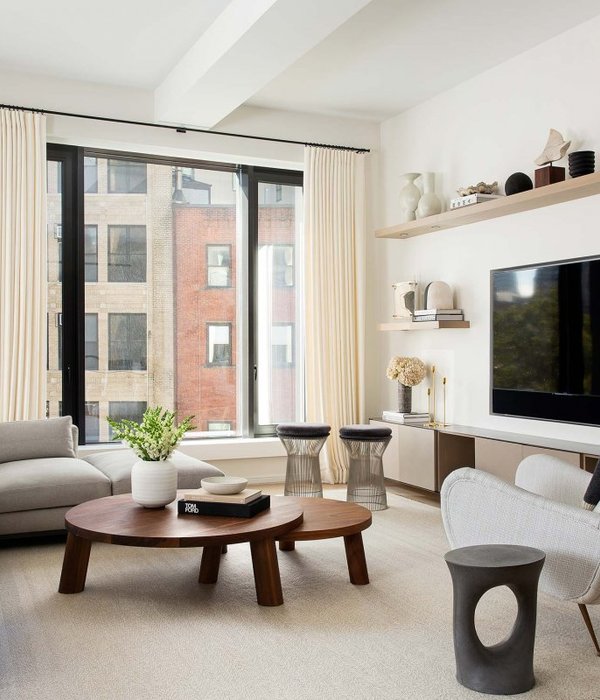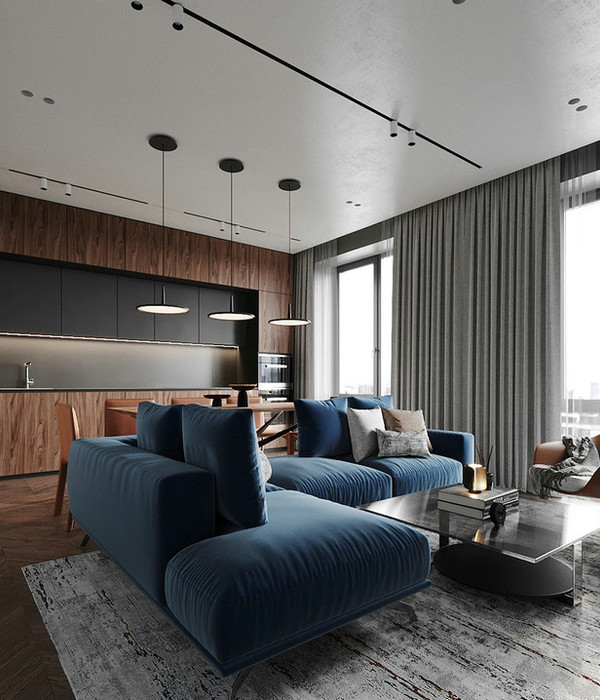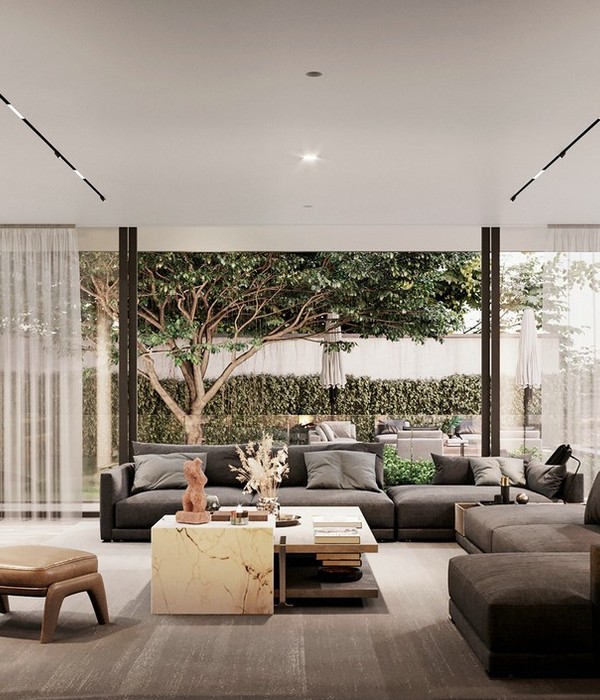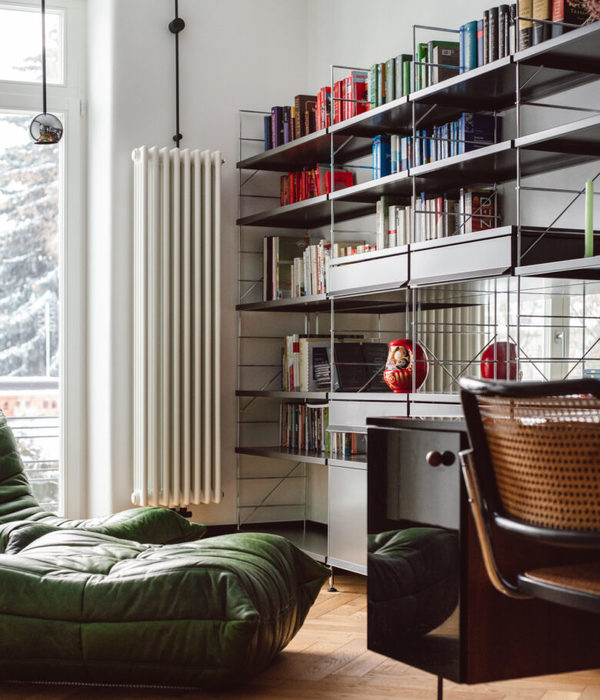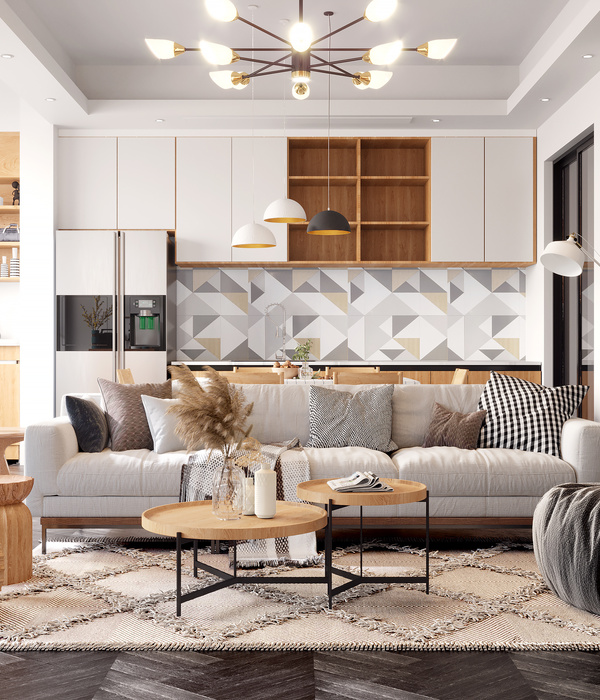Atelier PRO was commissioned by the Montessori School Community in Amsterdam to design the extension and renovation of the Metis Montessori Lyceum located in Oosterpark – one of four Montessori schools in Amsterdam. Atelier PRO was also commissioned to design the school interior of the extension.
In 1904, the building housing the Hoogere Burgerschool (HBS) was erected at the newly laid-out Oosterpark. Since then, the building, which was designed by the architect Hendrik Leguyt, has always functioned as a high school also known as Amstel Lyceum. Since August 2013, the building houses the Metis Montessori Lyceum. A major renovation of the school was carried out by atelier PRO whereby the existing building was restored to its former glory.
Oosterpark extended The existing school building is located at the edge of the Oosterpark in Amsterdam and is constructed in the form of a square with a large plane tree in the centre. The local council has established extensive park renovations, also known as the Doubling Oosterpark project, causing the school building to be completely surrounded by greenery. As this concerns a valuable historic building, the local Bureau of Monuments and Archeology (BMA) is engaged in the project.
The northern and southern part of the Oosterpark were very different from each other. The south was green and open, while the north contained buildings surrounded by fences, including the Metis Montessori Lyceum. This part of the park was less accessible to the public and less green. The idea was to make this part more open thus doubling the Oosterpark. The fences of the private areas around the school have been removed, creating more public green, where possible with grass up to the façade.
Reversal All the buildings on the Mauritskade used to have an entrance in the park. They have been brought back again. The Metis Montessori Lyceum also stood with its back to the park; the classrooms were all oriented towards the city. With the expansion, the school wanted to organize the entrance not only better logistically, but also to make optimum use of the location at the park.
With the reversal of the orientation, the classrooms now overlook the park. Along with the other surrounding buildings on the Mauritskade, the built-up and green parts of the park form a cohesive whole.
Here comes the sun The façade is fitted with striking, black perforated panels. These electrically operated panels act as sun protection and are part of the artwork 'Here Comes The Sun' by Chris Kabel. He applied 4,500 transparent glass lenses and filters in various colors in these panels. The incidence of light therefore creates a diffuse playful light effect in the classrooms. The pattern of the lenses at a distance from the building refers to the wave character and particle character of light.
{{item.text_origin}}





